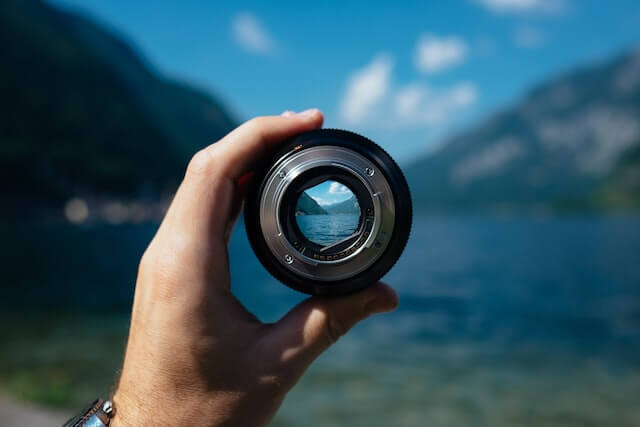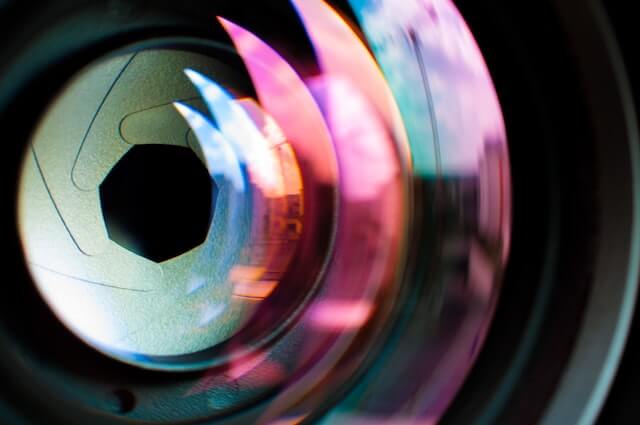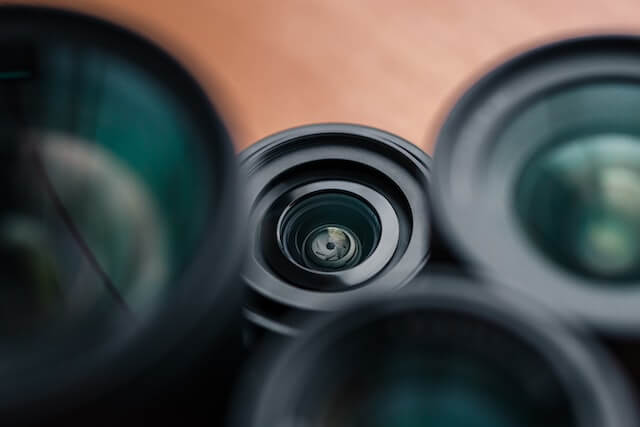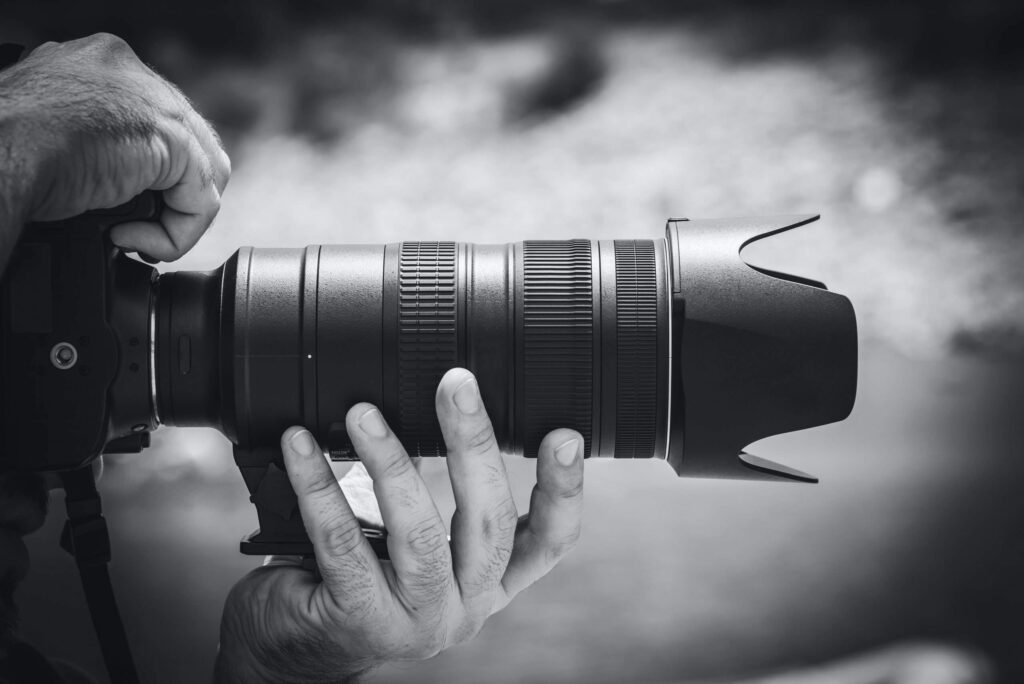Photography is an art form that requires the right tools and techniques to produce the desired results. One of the most important tools for photographers is the lens. Understanding camera lenses and the various available focal lengths is essential for any photographer who wants to get the best results from their shots.
P.S. If you’re interested in seeing some of my best photography work, check out the Gallery or my Instagram. Some of my images are also available as photo prints, with a selection of my favorites HERE.
Understanding Camera Lenses
A camera lens is an optical device that helps to focus light onto a surface. It is the most important part of a camera, as it is responsible for capturing the image. Camera lenses come in a variety of shapes and sizes, and can be used for a wide range of photographic applications.
Understanding Focal Lengths
Focal length is the distance between the lens and the image plane. It is measured in millimeters and determines the angle of view of the image. The longer the focal length, the narrower the angle of view and the more magnification the lens has. On the other hand, a shorter focal length gives a wider angle of view and less magnification.
In general, smaller focal length numbers will be best for landscape images, large focal length numbers are best for wildlife images, and the spectrum of focal lengths in the middle can be great for portraits or everyday lenses.
General recommendations:
- Less than 25 mm – wide-angle lens, best for landscapes
- 25 – 84 mm – general lens, good for everyday use
- 85 – 199 mm – general lens, good for portraits
- 200 mm and up – telephoto lens best for wildlife
Different Types of Camera Lenses
Generally, there are three main types of lenses: prime lenses, zoom lenses, and macro lenses. Prime lenses have a fixed focal length and are great for capturing sharp images with shallow depth of field. Zoom lenses have a variable focal length and are ideal for capturing images from far away. Macro lenses are designed for close-up photography and are perfect for capturing details.
Pros and Cons of Different Camera Lens Types
Each type of lens has its own advantages and disadvantages. Prime lenses are usually smaller and lighter, but they don’t offer the same flexibility as zoom lenses. However, prime lenses often offer superior quality than zoom lenses. Zoom lenses are more versatile, but they are usually heavier and more expensive. Macro lenses are great for capturing small details, but they can be more difficult to use.
Choosing the Right Camera Lens for You
Choosing the right lens for your photography needs can be a daunting task. It’s important to consider your budget, the type of photography you’ll be doing, and the type of images you want to capture. It’s also important to consider the pros and cons of each focal length before making a decision.
Conclusion
Knowing the basics of photography lenses and various focal lengths is essential for any photographer who wants to get the best results from their shots. With the right tools and techniques, you can create stunning images that will capture the beauty of the world around you.
I hope that this article about understanding camera lenses was beneficial to you. Let me know your thoughts in the comments! Additionally, if you did not see my introductory post about this tutorial series, check it out here!
Thanks for reading to the end. Your support means the world to me! If you’re interested in seeing some of my best photography work, check out the Gallery or my Instagram. Some of my images are also available as photo prints, with a selection of my favorites HERE.







